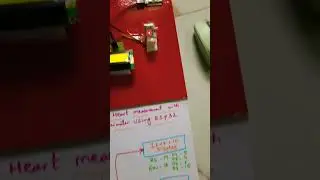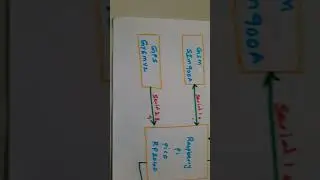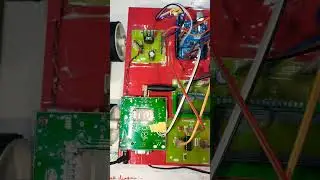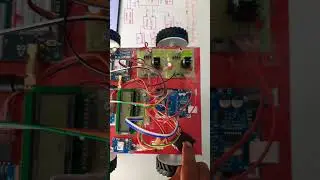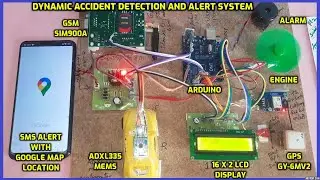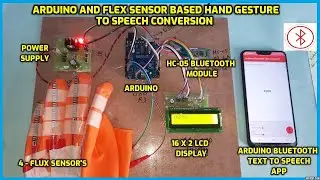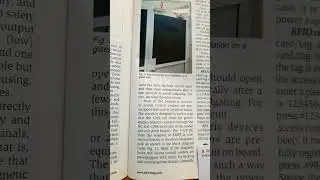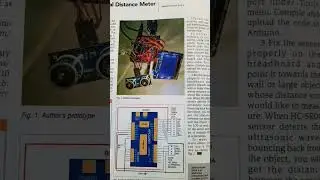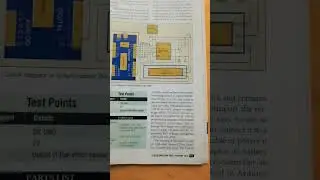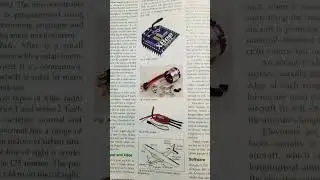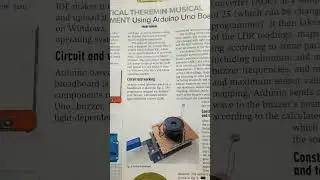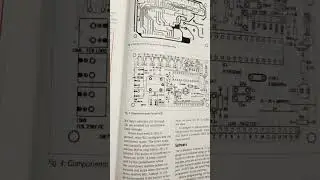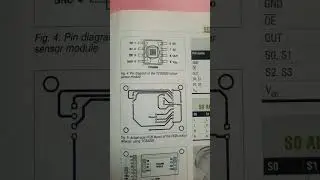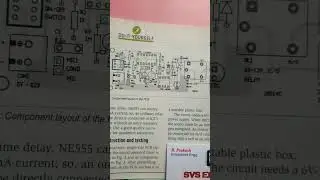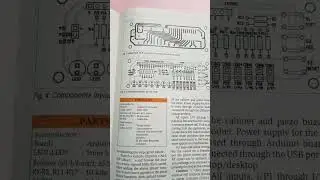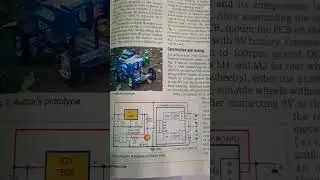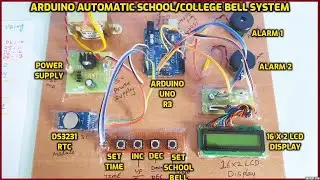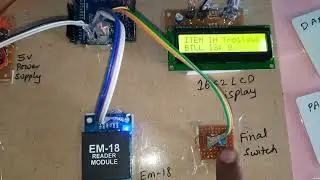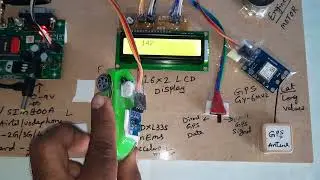LIGHT-ACTIVATED Switch
LIGHT-ACTIVATED Switch Using ldr | ldr | dark sensor using ldr | how to make dark sensor using ldr | automatic street light using ldr | light activated switch using ldr (short clip) | light activated switch | ldr project | ldr switch | switch | ldr sensor switch | ldr circuit | light sensor using ldr | ldr circuit using bc547 | ldr relay switch circuit | ldr circuit using npn 147 | darkness sensor using ldr | how to make ldr night switch | ldr circuit diagram | automatic light on off using ldr.
***********************************************************
If You Want To Purchase the Full Working Project KIT
Mail Us: [email protected]
Title Name Along With You-Tube Video Link
We are Located at Telangana, Hyderabad, Boduppal.
Project Changes also Made according to Student Requirements
http://svsembedded.com/ https://www.svskits.in/
http://svsembedded.in/ http://www.svskit.com/
M1: +91 9491535690 M2: +91 7842358459
We Will Send Working Model Project KIT through DTDC / DHL / Blue Dart / First Flight Courier Service
We Will Provide Project Soft Data through Google Drive
1. Project Abstract / Synopsis
2. Project Related Datasheets of Each Component
3. Project Sample Report / Documentation
4. Project Kit Circuit / Schematic Diagram
5. Project Kit Working Software Code
6. Project Related Software Compilers
7. Project Related Sample PPT’s
8. Project Kit Photos
9. Project Kit Working Video links
Latest Projects with Year Wise YouTube video Links
157 Projects https://svsembedded.com/ieee_2022.php
135 Projects https://svsembedded.com/ieee_2021.php
151 Projects https://svsembedded.com/ieee_2020.php
103 Projects https://svsembedded.com/ieee_2019.php
61 Projects https://svsembedded.com/ieee_2018.php
171 Projects https://svsembedded.com/ieee_2017.php
170 Projects https://svsembedded.com/ieee_2016.php
67 Projects https://svsembedded.com/ieee_2015.php
55 Projects https://svsembedded.com/ieee_2014.php
43 Projects https://svsembedded.com/ieee_2013.php
1100+ Projects https://www.svskit.com/2022/02/900-pr...
***********************************************************
A light-activated switch using an LDR (Light Dependent Resistor) is a simple electronic circuit that turns on or off a device based on the intensity of light falling on the LDR. LDRs are light-sensitive devices whose resistance decreases with increasing light levels. Here's a basic circuit to create a light-activated switch using an LDR:
Components needed:
1. LDR (Light Dependent Resistor)
2. Resistor (around 10k ohms)
3. Transistor (NPN type, e.g., 2N3904)
4. Relay (if controlling high-power devices)
5. Power supply (e.g., battery or DC power source)
6. Load/device (e.g., LED, lamp, fan, etc.)
Explanation:
1. Connect one end of the LDR to the positive voltage supply (Vcc).
2. Connect the other end of the LDR to the base of the NPN transistor.
3. Connect the emitter of the transistor to ground (GND).
4. Connect the collector of the transistor to one end of the relay coil (or directly to the load if it's a low-power device).
5. Connect the other end of the relay coil (or load) to the positive voltage supply (Vcc).
Working principle:
• When light falls on the LDR, its resistance decreases, allowing current to flow through the LDR and into the base of the NPN transistor.
• This current flow turns on the transistor, allowing current to flow from the collector to the emitter.
• When the transistor conducts, it energizes the relay coil (or directly powers the load), which switches ON the connected device.
• Conversely, when the light intensity decreases, the resistance of the LDR increases, reducing the current flow to the base of the transistor.
• As a result, the transistor turns off, de-energizing the relay coil (or turning off the load), which switches OFF the connected device.
Adjusting sensitivity: You can adjust the sensitivity of the light-activated switch by changing the value of the resistor connected in series with the LDR. A higher resistor value will make the circuit less sensitive to light changes, and a lower resistor value will make it more sensitive.
Please note that this is a basic circuit, and for practical applications, you might need to add additional components like resistors and capacitors for noise filtering and proper voltage regulation. Additionally, consider using appropriate safety measures when working with mains-powered devices.





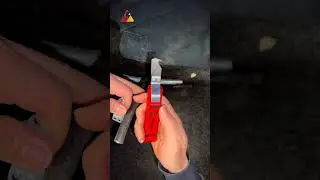
![[New Script💸] PLS DONATE PASTEBIN 🔥 - FREE ROBUX - Fluxus and KRNL Mobile e PC Exploiting 🔥 (2023)](https://images.mixrolikus.cc/video/ZAuHte6SmNE)

